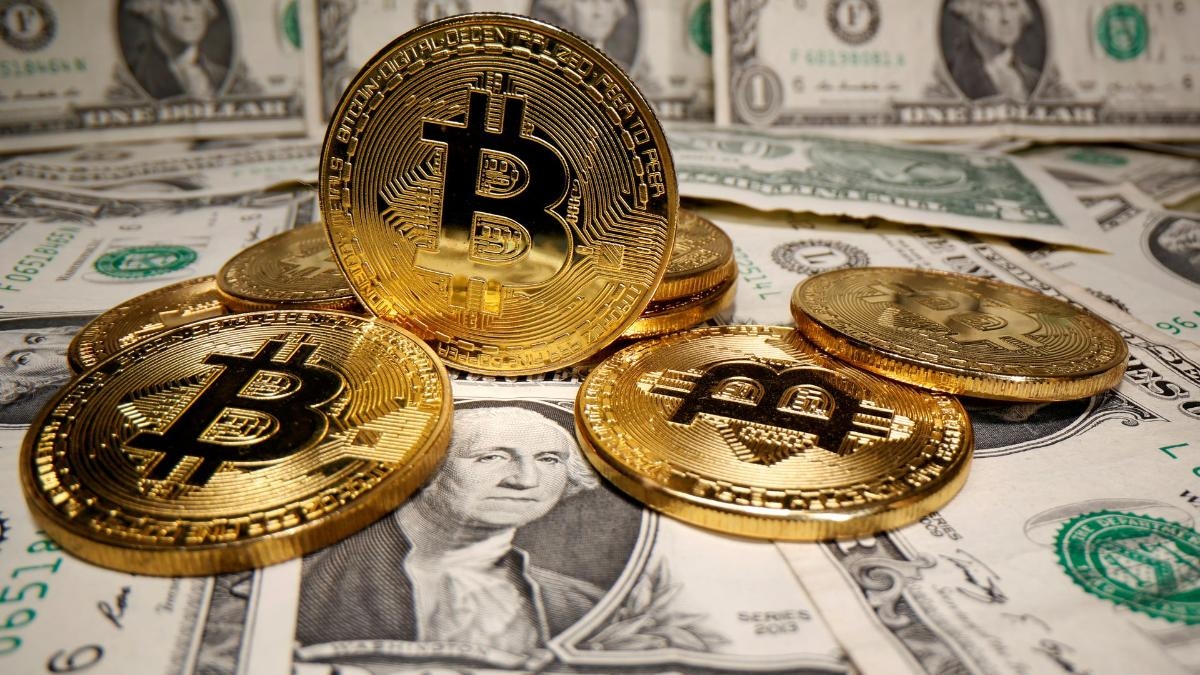Fiat money is the currency issued by a central government or financial authority and declared to be legal tender. This means that it must be accepted as payment for goods, services and debt in the country of its origin. Fiat money is not backed by any physical commodity like gold or silver, but relies on the creditworthiness of the issuer instead. Fiat money can be printed and circulated at the discretion of the government or financial authority. Visit immediateexperience.site for further information.
In contrast, cryptocurrencies are digital assets created using blockchain technology. Cryptocurrencies rely on a decentralized network of computers to maintain and secure its ledger, meaning that it is not dependent on any one central issuer for validation. Cryptocurrencies also typically use cryptography to protect against fraud and counterfeiting. While some cryptocurrencies may be backed by physical commodities such as gold or silver, most are not; instead they rely on trust from users that their value will remain stable over time. Additionally, while fiat currency has established legal tender status, many governments do not recognize cryptocurrency as a valid form of payment yet.
Table of Contents
Why it is called fiat currency ?
Fiat money is called fiat currency because it has no intrinsic value; instead, its value is determined only by the issuing government or financial authority. The word “fiat” is derived from the Latin phrase “let it be done”, indicating that an official decree or order was issued to make something so. In this case, the government has declared a certain form of currency as legal tender and assigned monetary value to it. This helps to establish trust in the currency among users, making it more likely to be accepted and used as a medium of exchange.
What is the value of fiat currency ?
The value of fiat currency is determined by the issuing government or financial authority. Since it is not backed by physical commodities such as gold or silver, its value can fluctuate depending on economic conditions and government policies. Additionally, since most governments produce more fiat money than they hold in reserve, inflation can also reduce the purchasing power of fiat money over time.
Overall, fiat money provides an efficient way for people to store their wealth, pay for goods and services, and even invest in long-term assets if needed. By establishing itself as legal tender, it helps to maintain trust in a country’s financial system and economy. However, due to the fact that it is not backed by any physical commodity and its value is vulnerable to changing economic and political climates, it must be used carefully. It is important to understand how fiat money works and the risks associated with using it before deciding to use or invest in a particular currency. Ultimately, fiat currencies continue to play an essential role in the global economy.
Cryptocurrency vs fiat currency
Cryptocurrencies and fiat currencies have some similarities, but also many differences. Both are exchangeable for goods and services, and can be used to transfer funds. However, cryptocurrencies differ significantly from fiat currencies in that they are decentralized and not backed by any physical commodity or government decree. Additionally, while cryptocurrency transactions are secure due to their use of cryptography, they remain vulnerable to the volatility of the markets in which they trade. Fiat currency has the backing of governments and is regulated according to local laws; this provides more stability than cryptocurrencies but it can also leave its users subject to changing policies regarding its use. Ultimately, both forms of currency have their own advantages and disadvantages depending on how you plan to utilize them. It is important to understand these differences before deciding which form of currency is best for you.
Additionally, it is important to note that most governments do not recognize cryptocurrencies as legal tender yet, so caution should be taken when using them for purchases or investments. As the technology behind cryptocurrencies continues to evolve, it may become more widely accepted in the future; however, until then, users should take care to understand the risks associated with their use and remain aware of how local regulations may affect their deposits. Ultimately, both fiat currencies and cryptocurrencies have benefits and drawbacks; understanding what each offers can help you make an educated decision on which one is right for your needs.
Final Words
In conclusion, fiat currency and cryptocurrency both have their advantages and disadvantages. Fiat currency is backed by the government, has more stability, and is widely accepted as legal tender; however, it can also be subject to inflation due to the issuance of too much money. Cryptocurrencies are decentralized and not controlled by any single entity or government; however, they are volatile in price due to their lack of backing. Ultimately, understanding the differences between these two forms of currency can help you make an informed decision about which one best suits your needs.
Thank you for reading! Take care.





